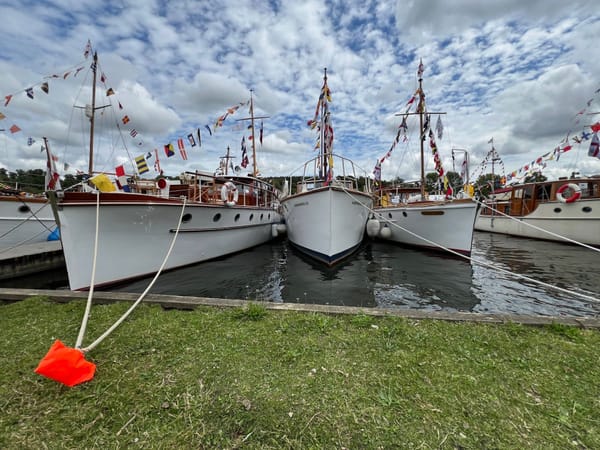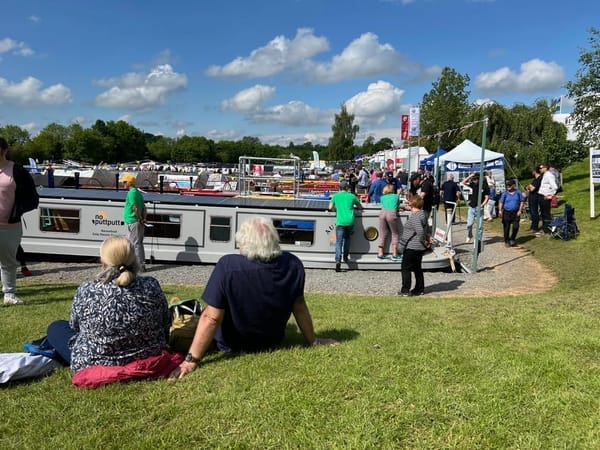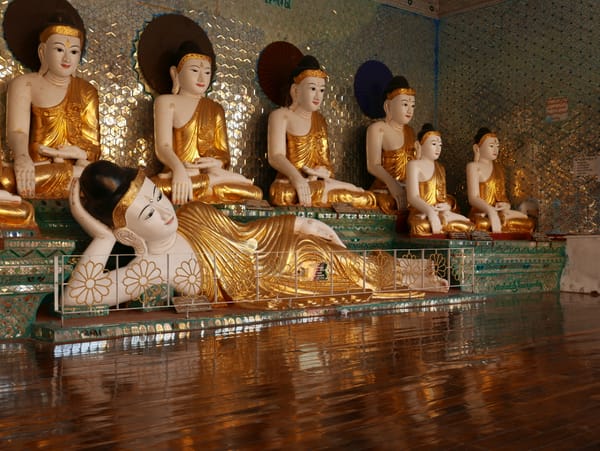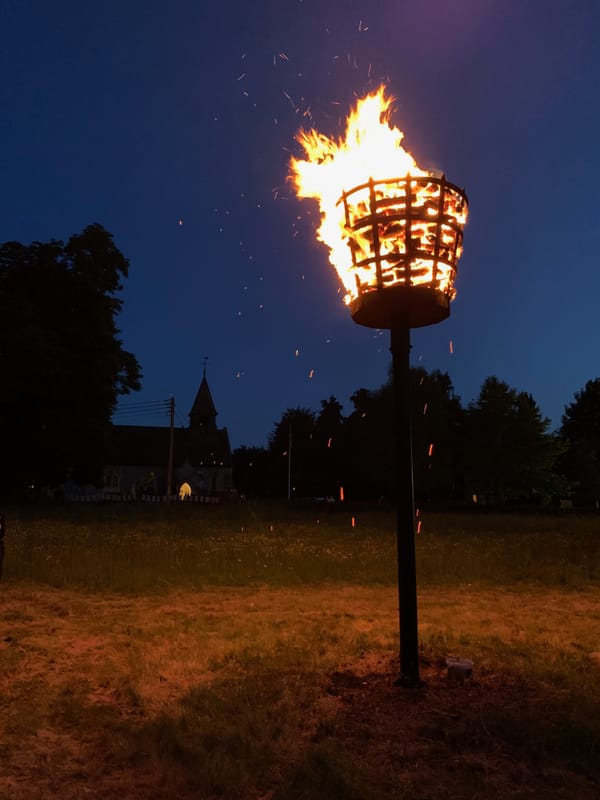Laos — Tour — Tham Ting (Tam Ting)/Pak Ou (ถ้ำติ่ง) Caves, Laos — the lower cave
Visiting the lower cave
September 2015
The trusty taxi made it to the Tham Ting (Tam Ting)/Pak Ou (ถ้ำติ่ง) Caves stop of the tour. The experience of going down some of the local roads was something my back wouldn’t forget for a few days.
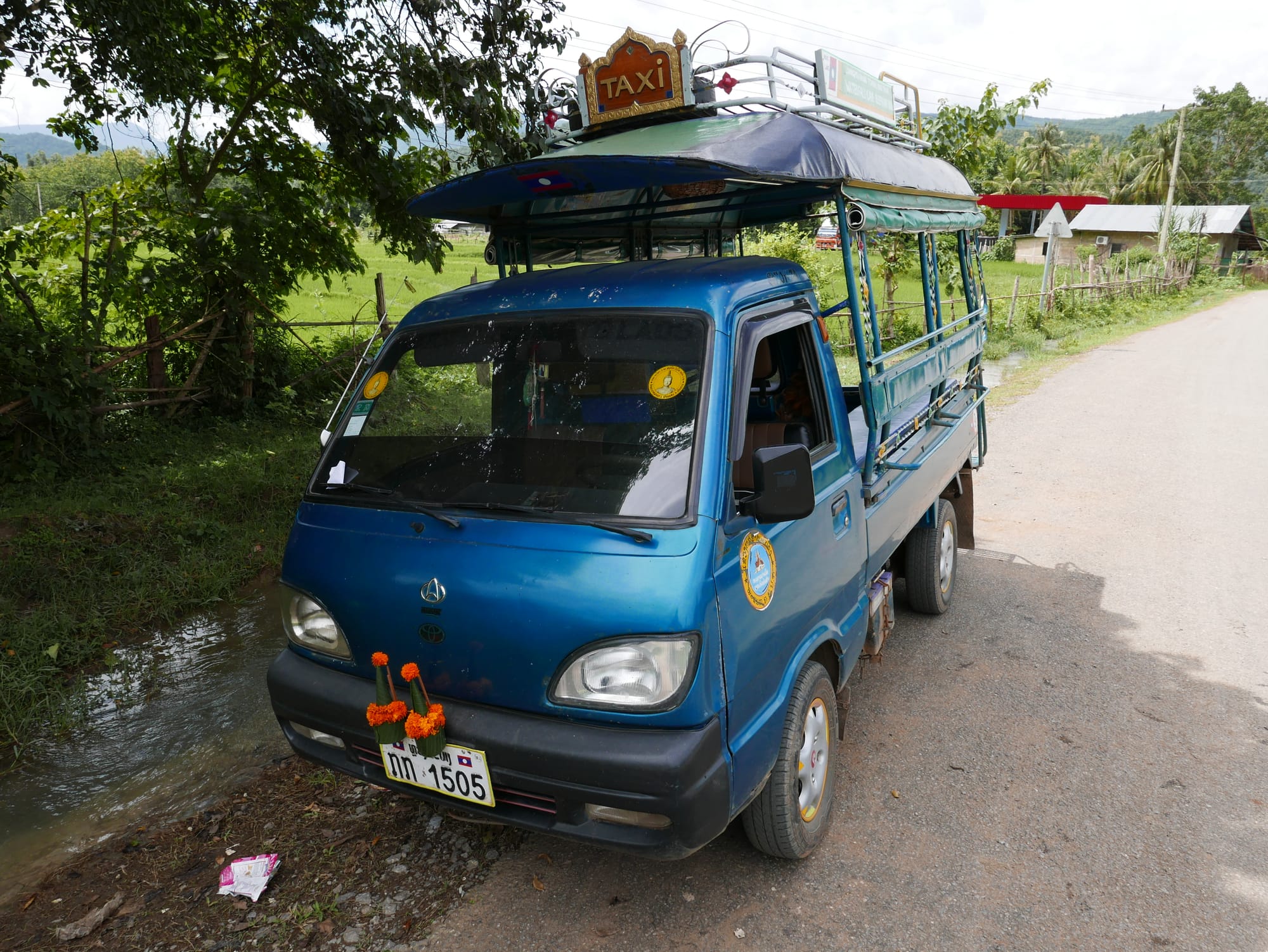
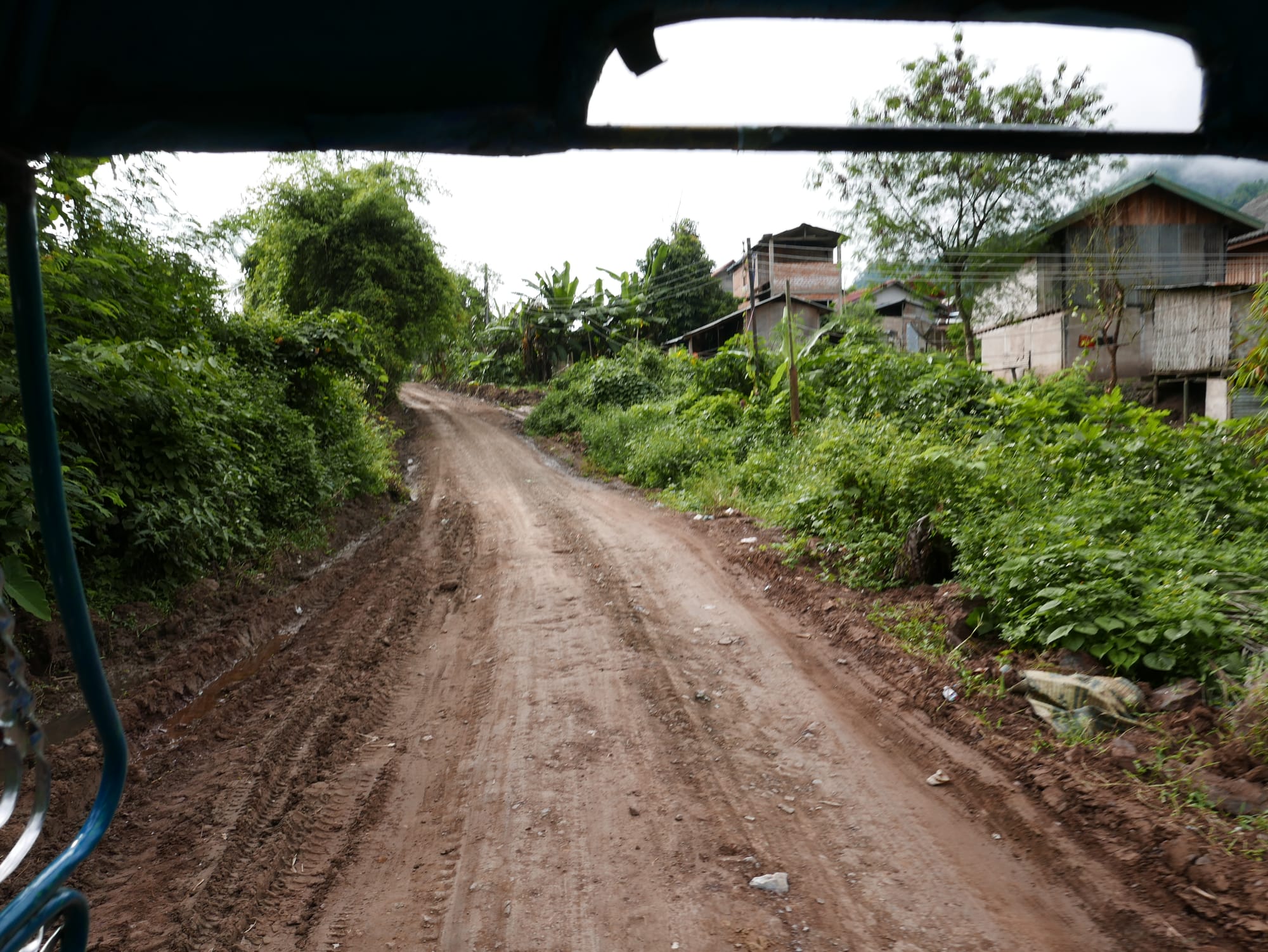
Ban Pak Ou (ບ້ານປາກອູ) is a fishing village on the Mekong River that supplies fish to the market in Luang Prabang (ຫລວງພະບາງ/ຫຼວງພະບາງ). The villagers are also responsible for looking after the Tham Ting (Tam Ting)/Pak Ou (ถ้ำติ่ง) Caves located across the river.
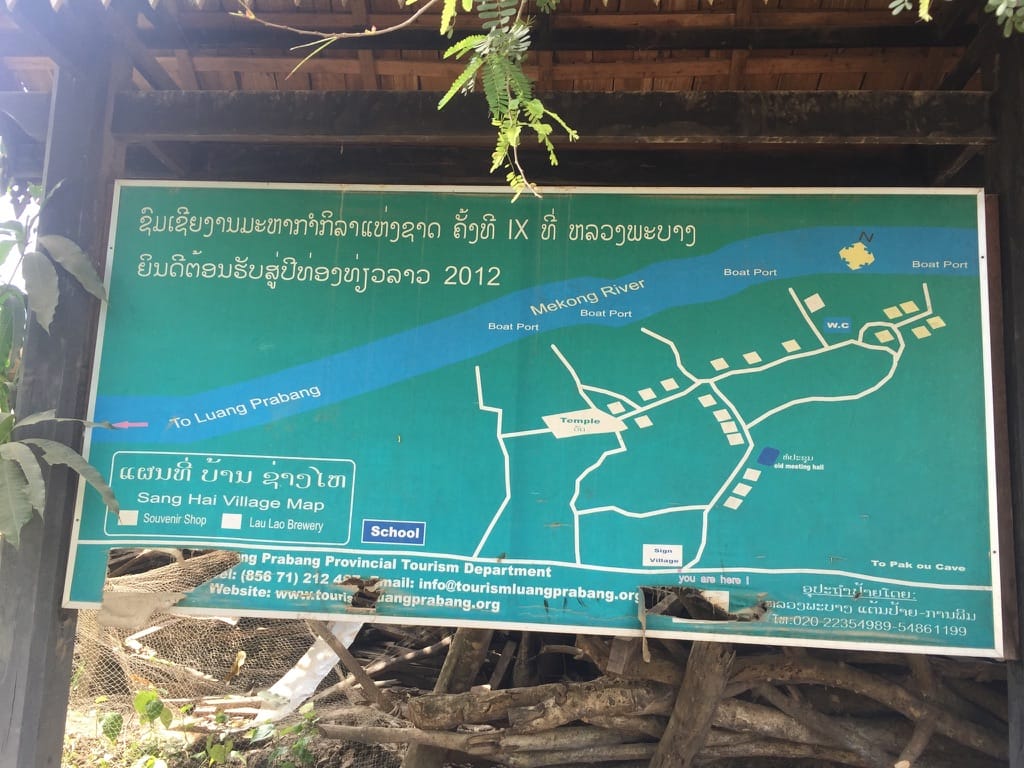
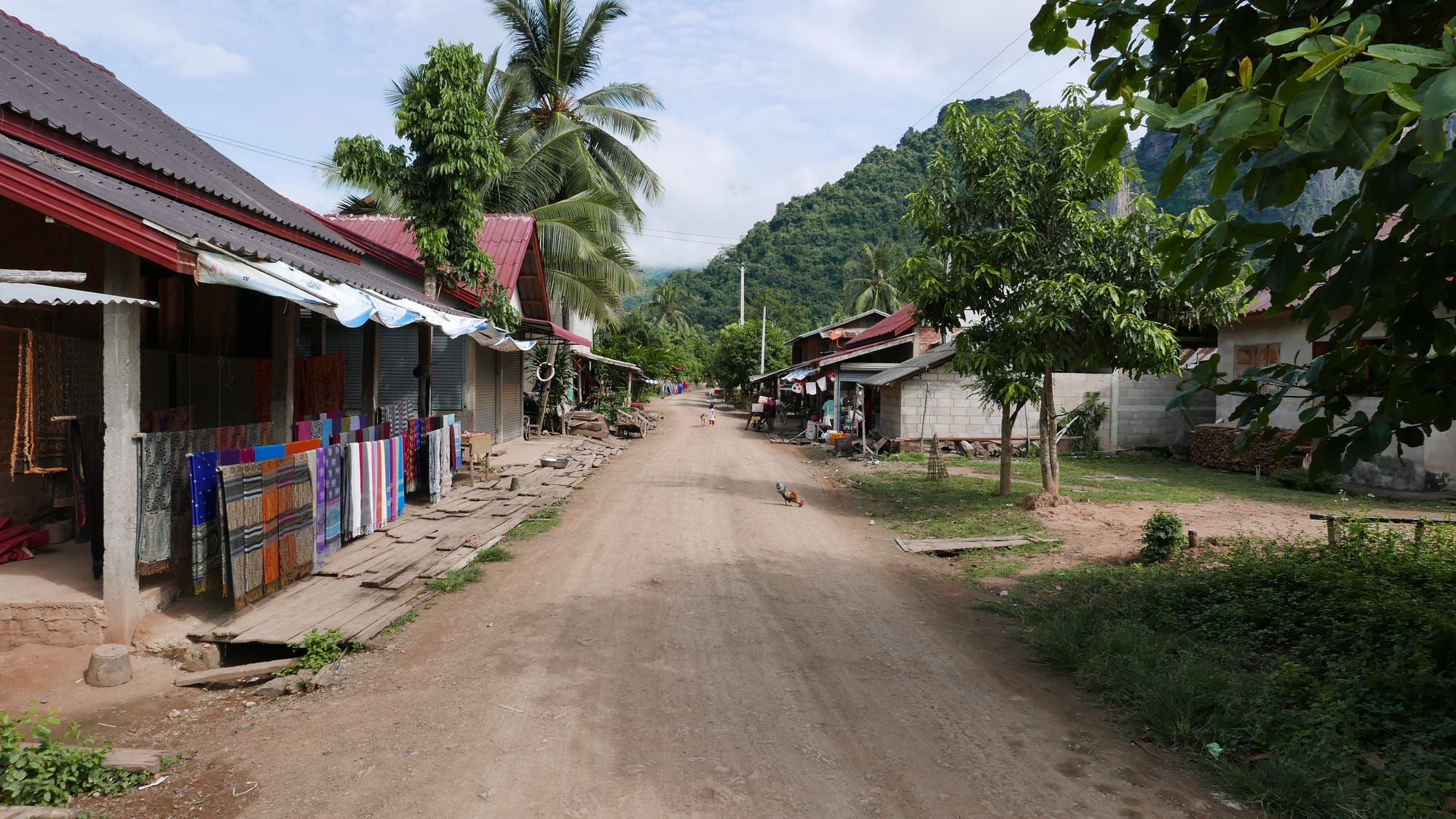
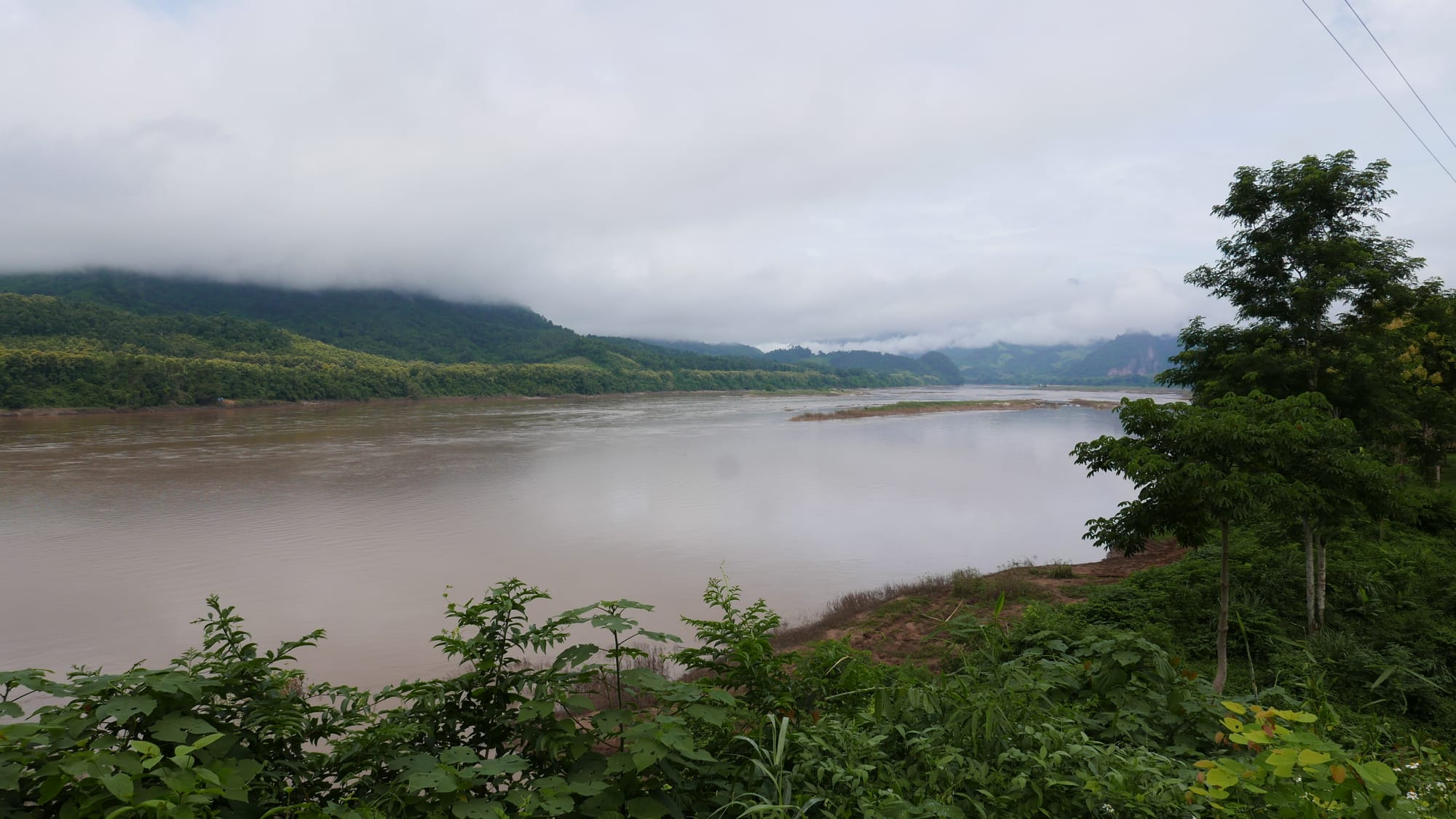
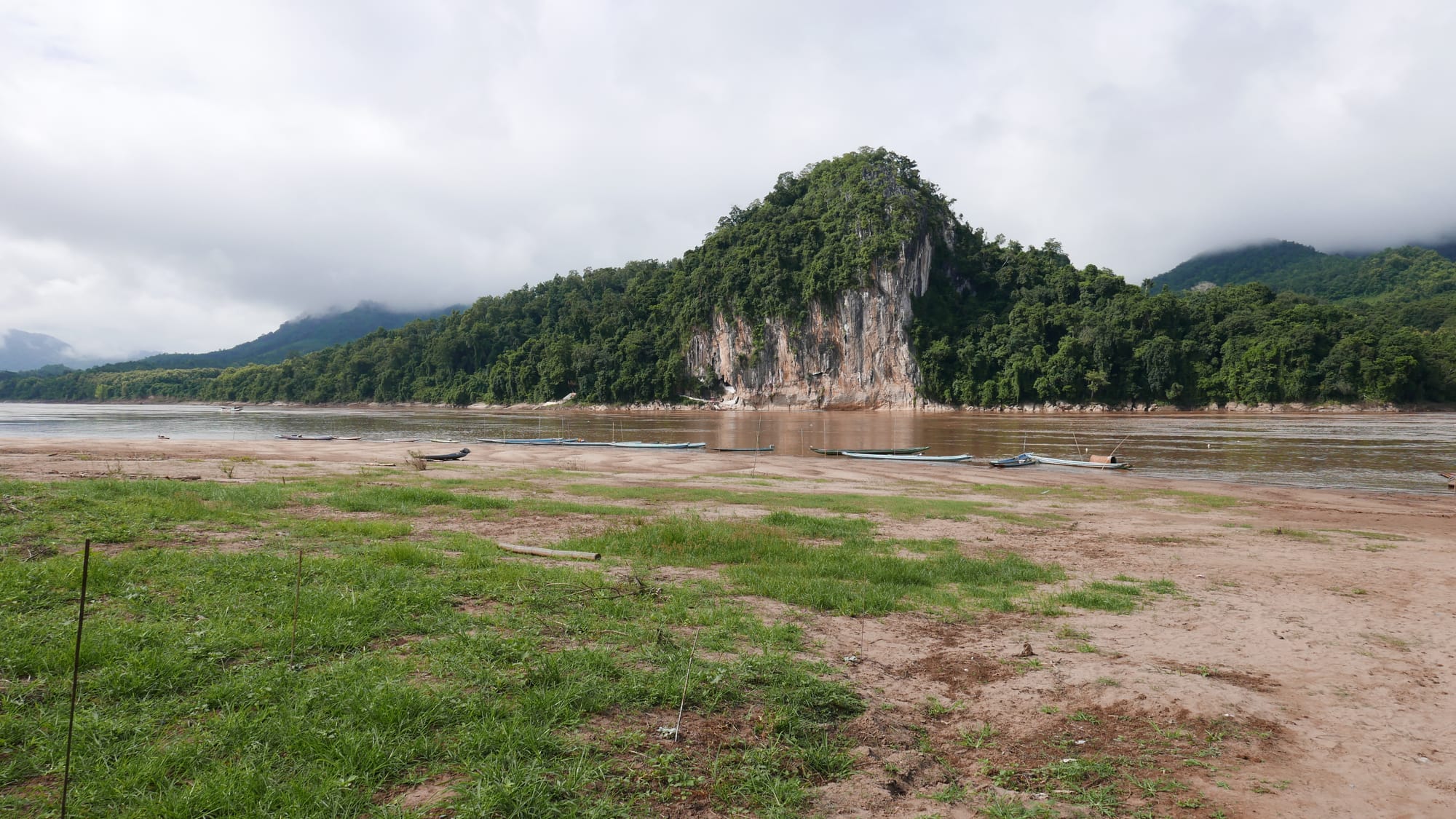
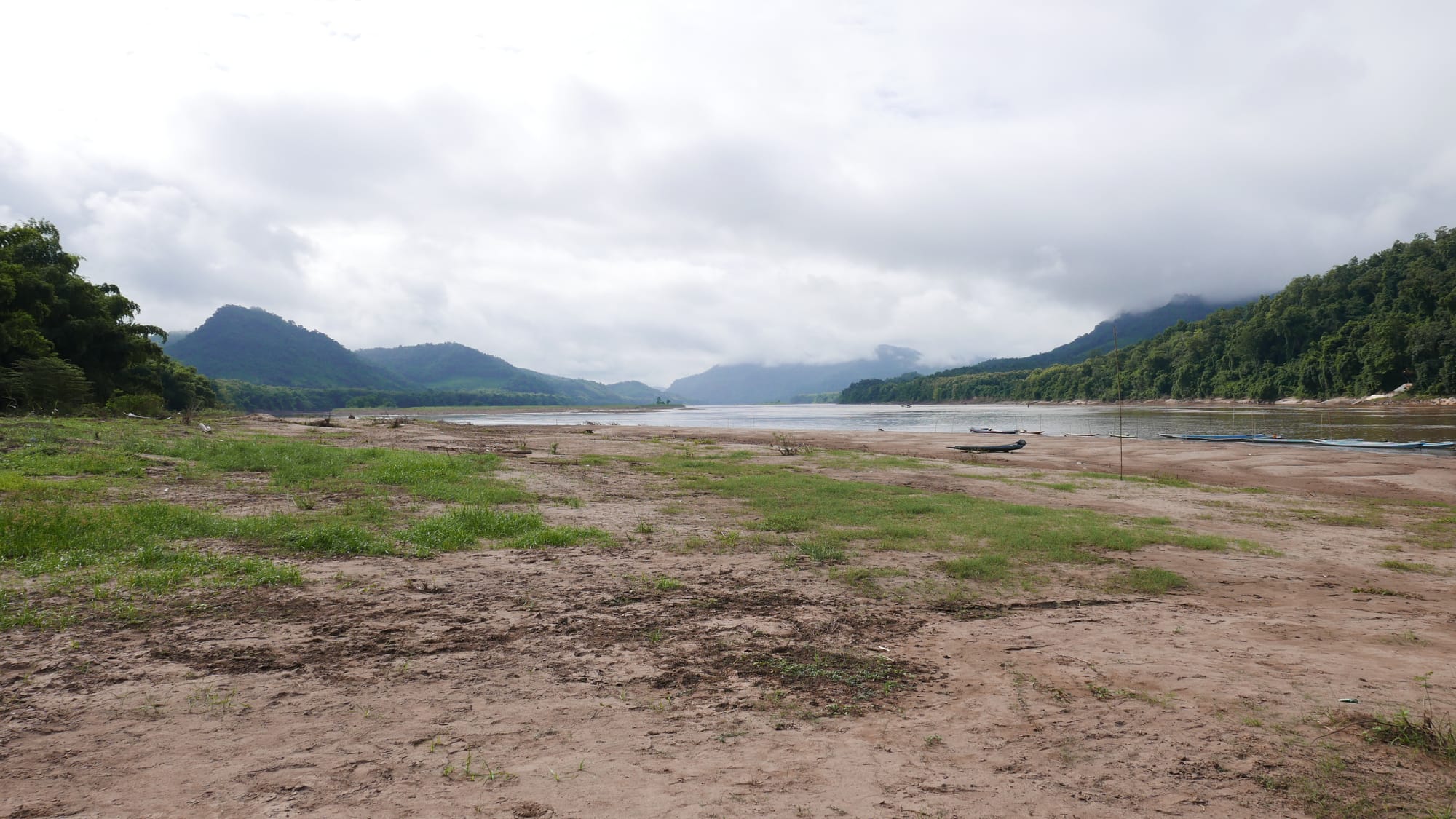
There was a charge to cross the Mekong River by motorised canoe, and the crossing made me appreciate the river’s size and power. When we reached the far bank, there was a charge to enter the caves.
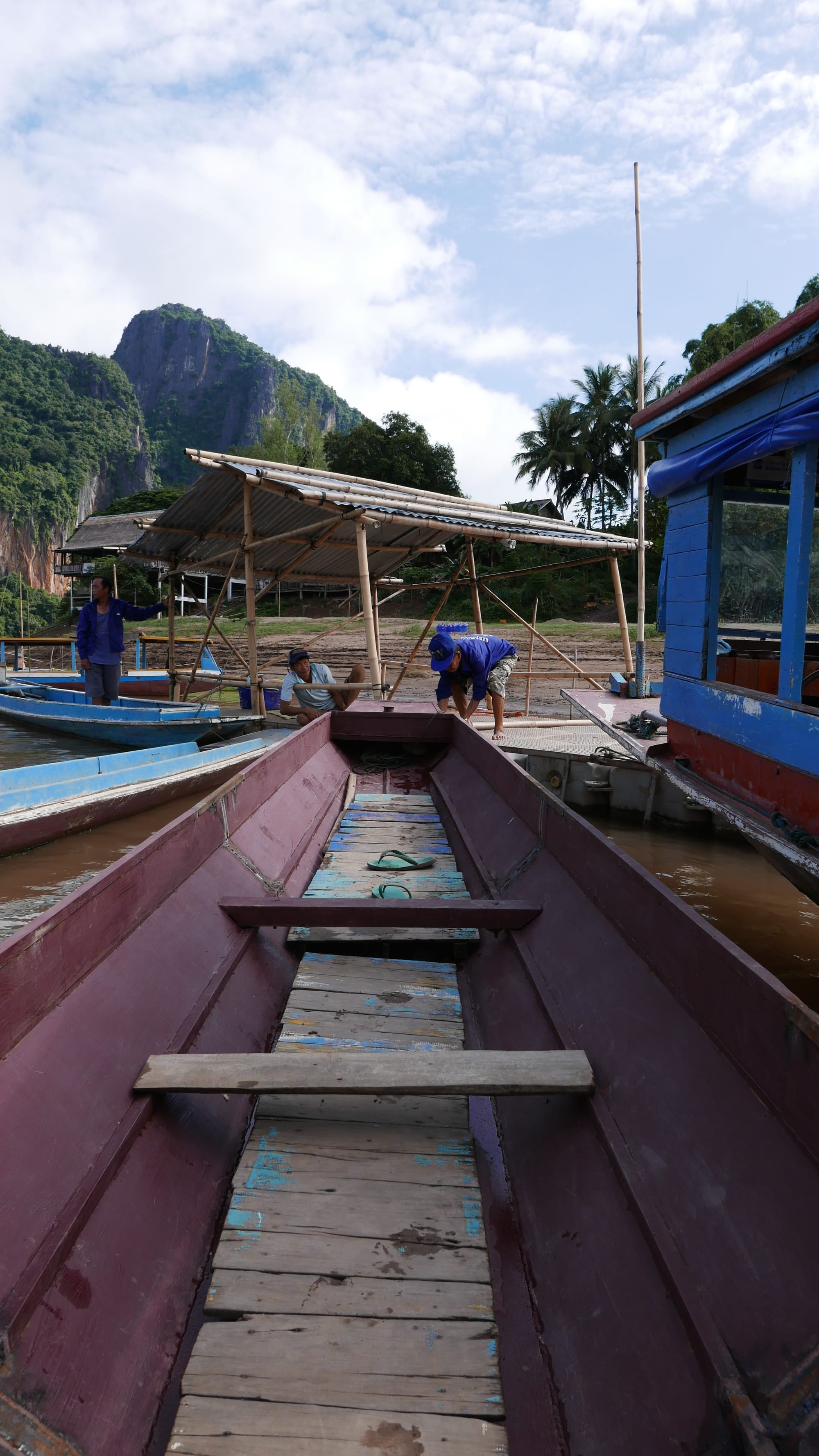
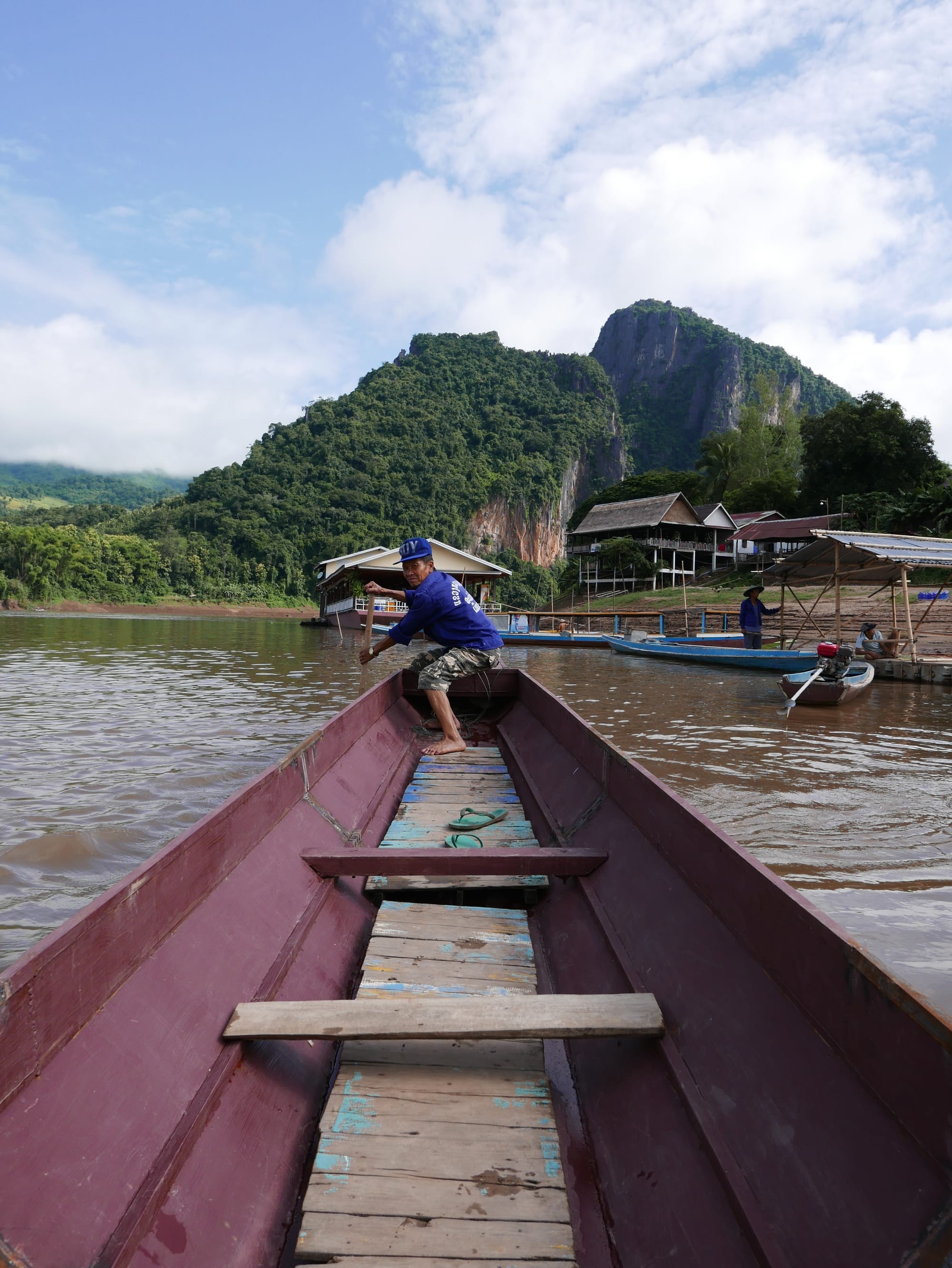
With no life jacket, the crossing in a narrow motorised canoe was an interesting experience. The boat’s speed and the Mekong River’s size and power impressed me.
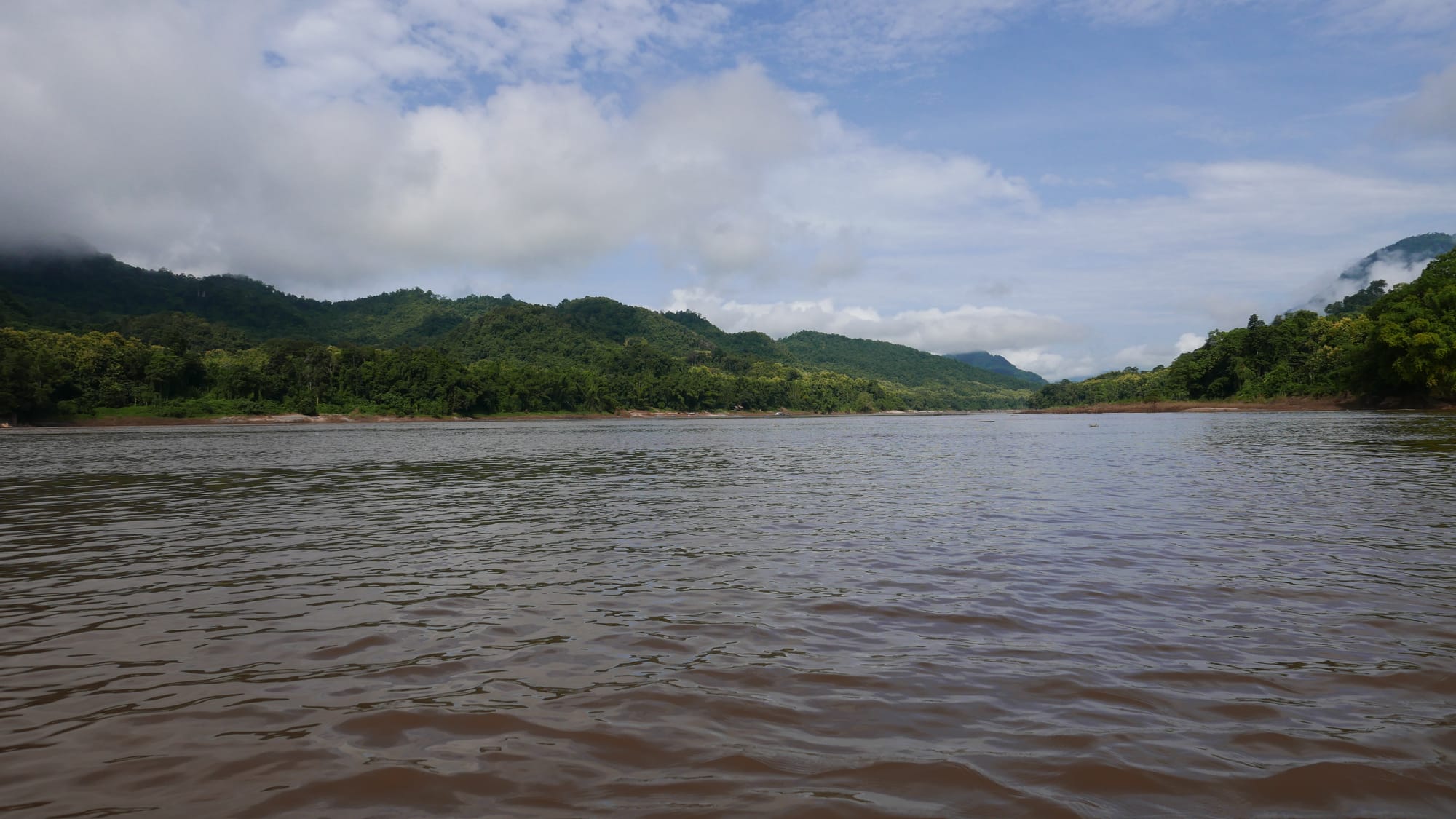
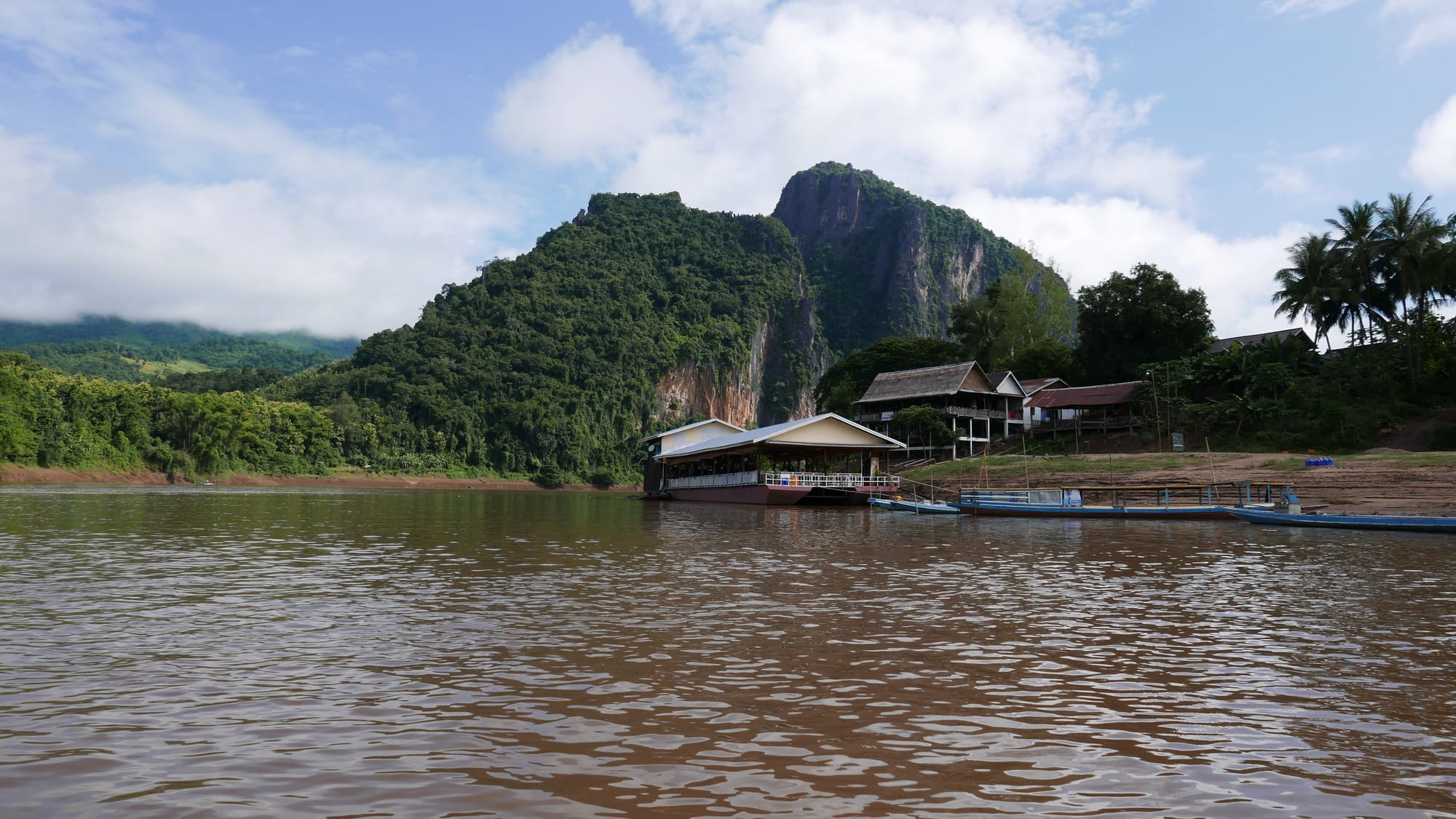
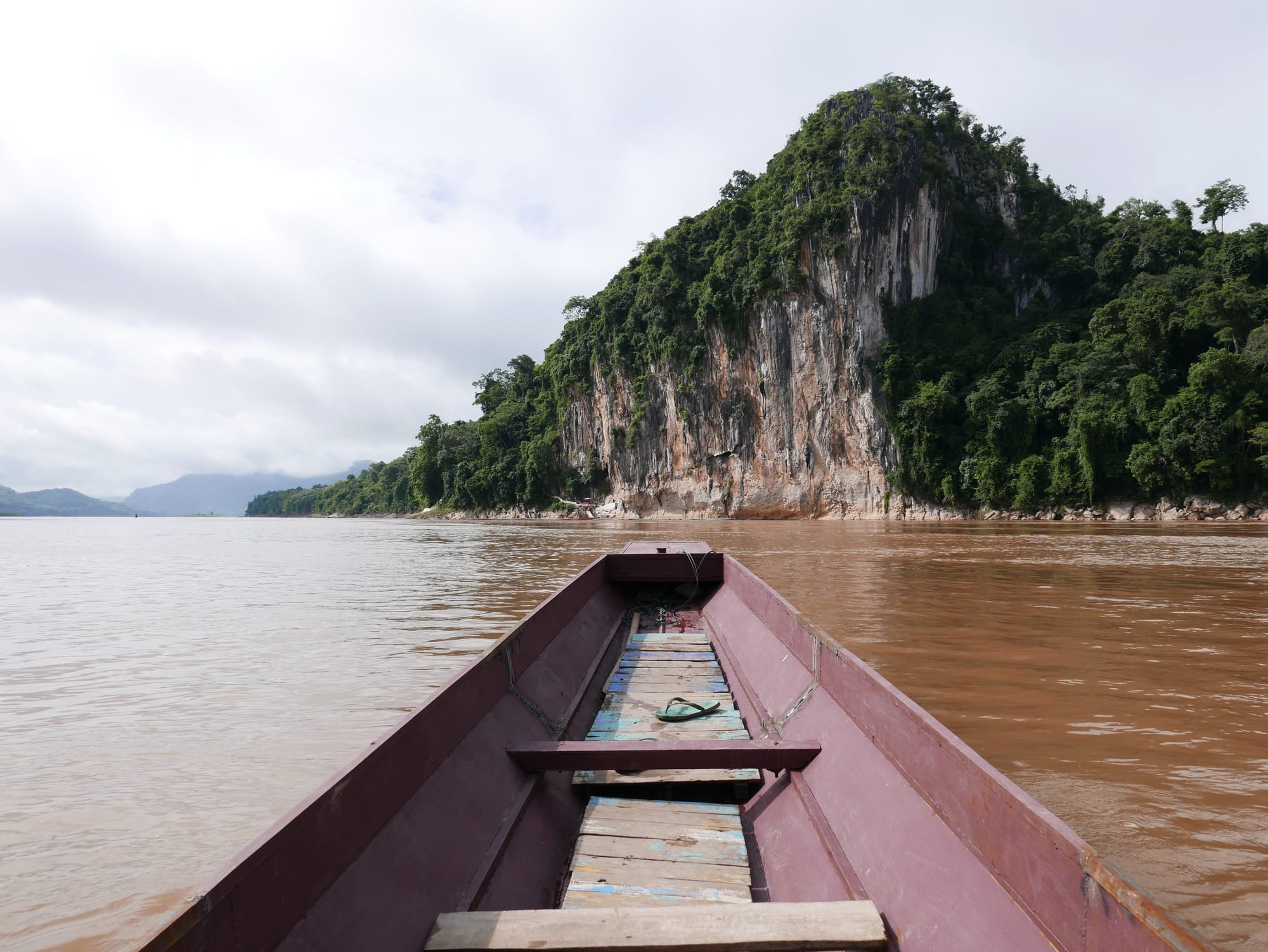
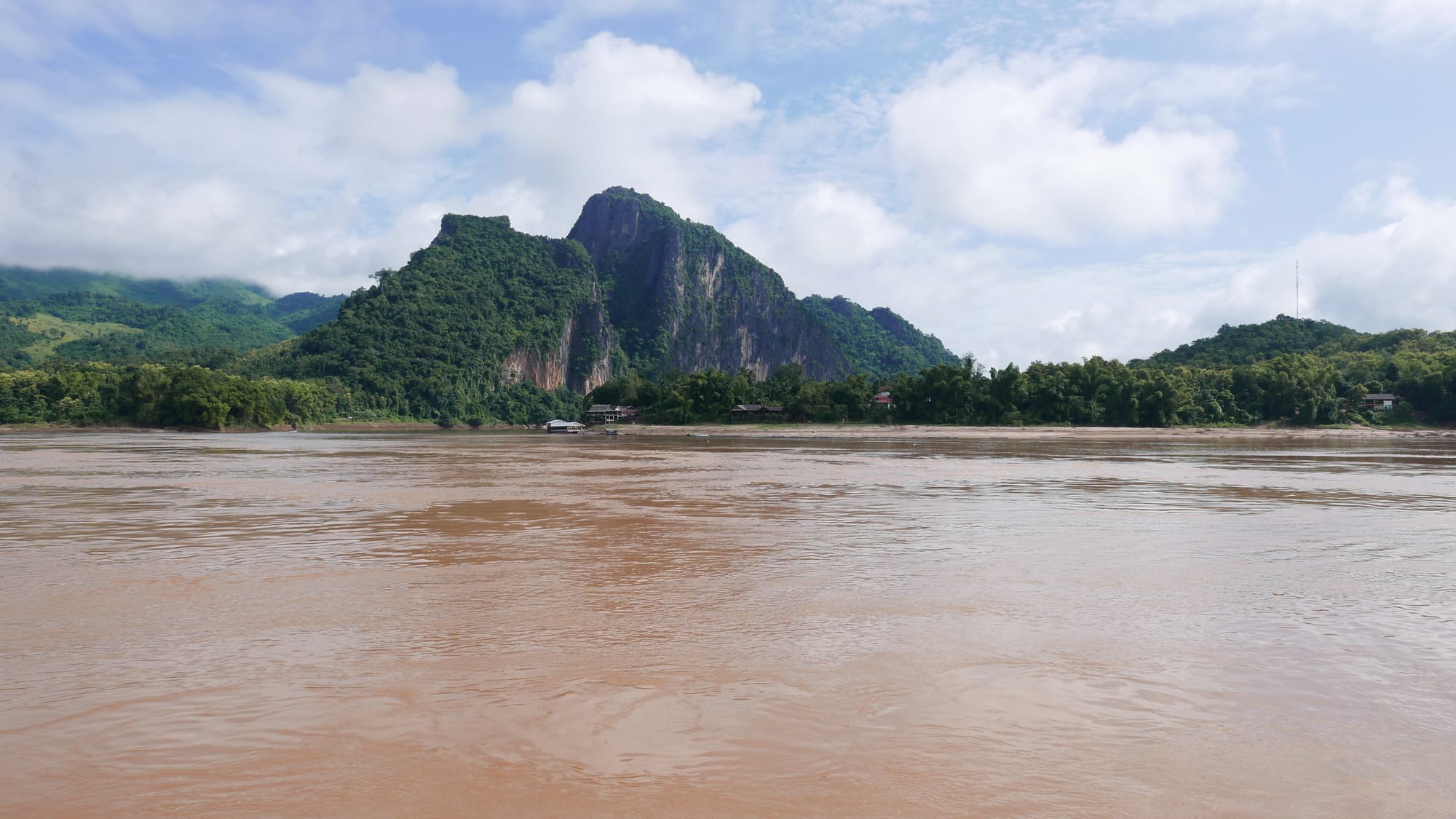
The caves had been used for worshipping the local river spirit, Phi. It is thought the caves were converted to worship Buddha in the 16th century. The caves formed part of the local religious network, with the King and the people of Luang Prabang (ຫລວງພະບາງ/ຫຼວງພະບາງ) making an annual pilgrimage. This practice stopped in 1975 when the Communist Pathet Lao were victorious over the Royal Lao Government in the Laotian Civil War (1959–1975; see Wikipedia).
The mouth of the lower cave was visible from the river, and a paved pathway led up from the river to the cave entrance. The path then continued to the upper cave, some 60 m above.
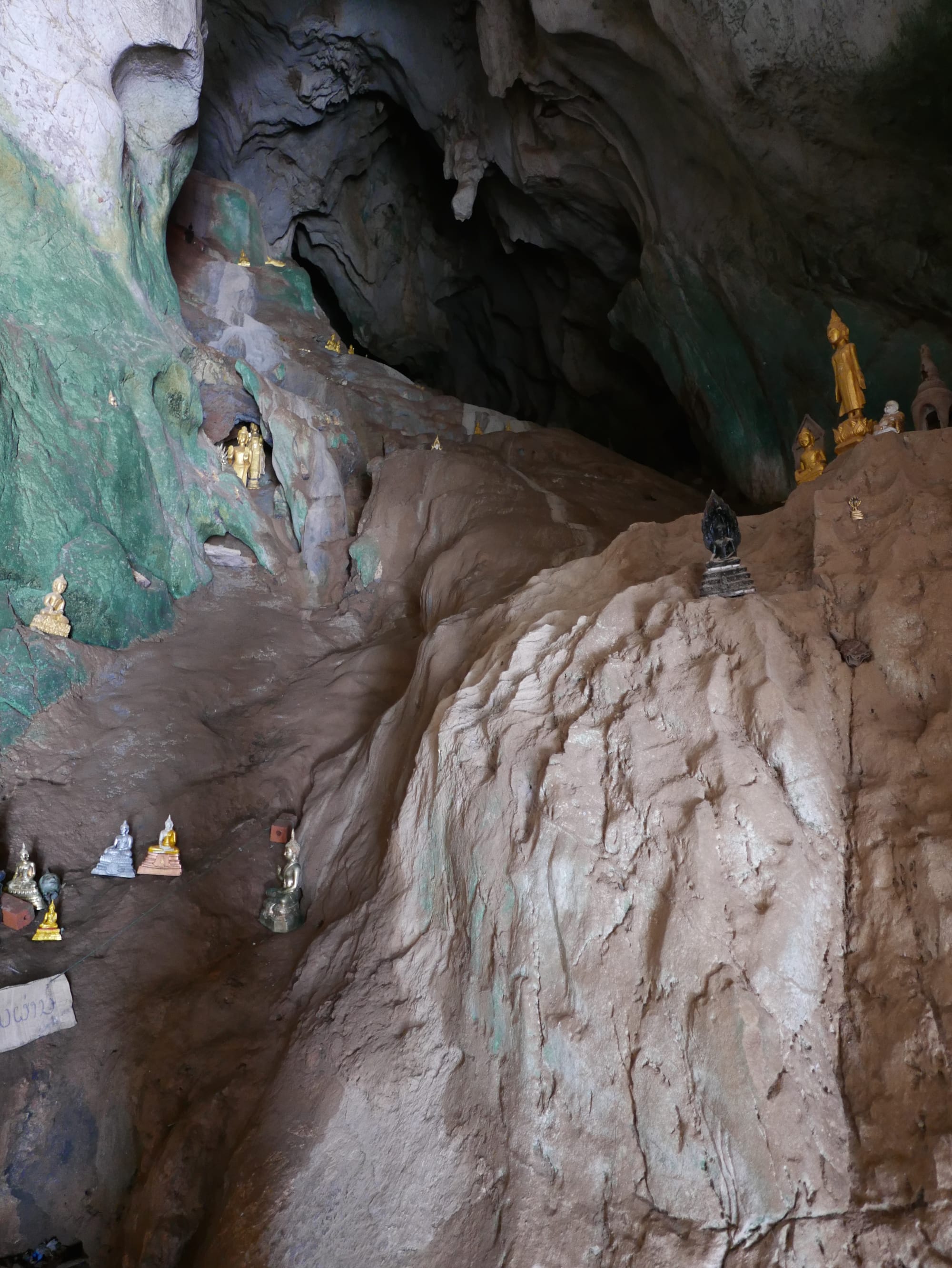
In the lower cave, there are around 2,500 sculptures. The focal point of the cave was an altar near the entrance where offerings of flowers, incense, and candles could be made.
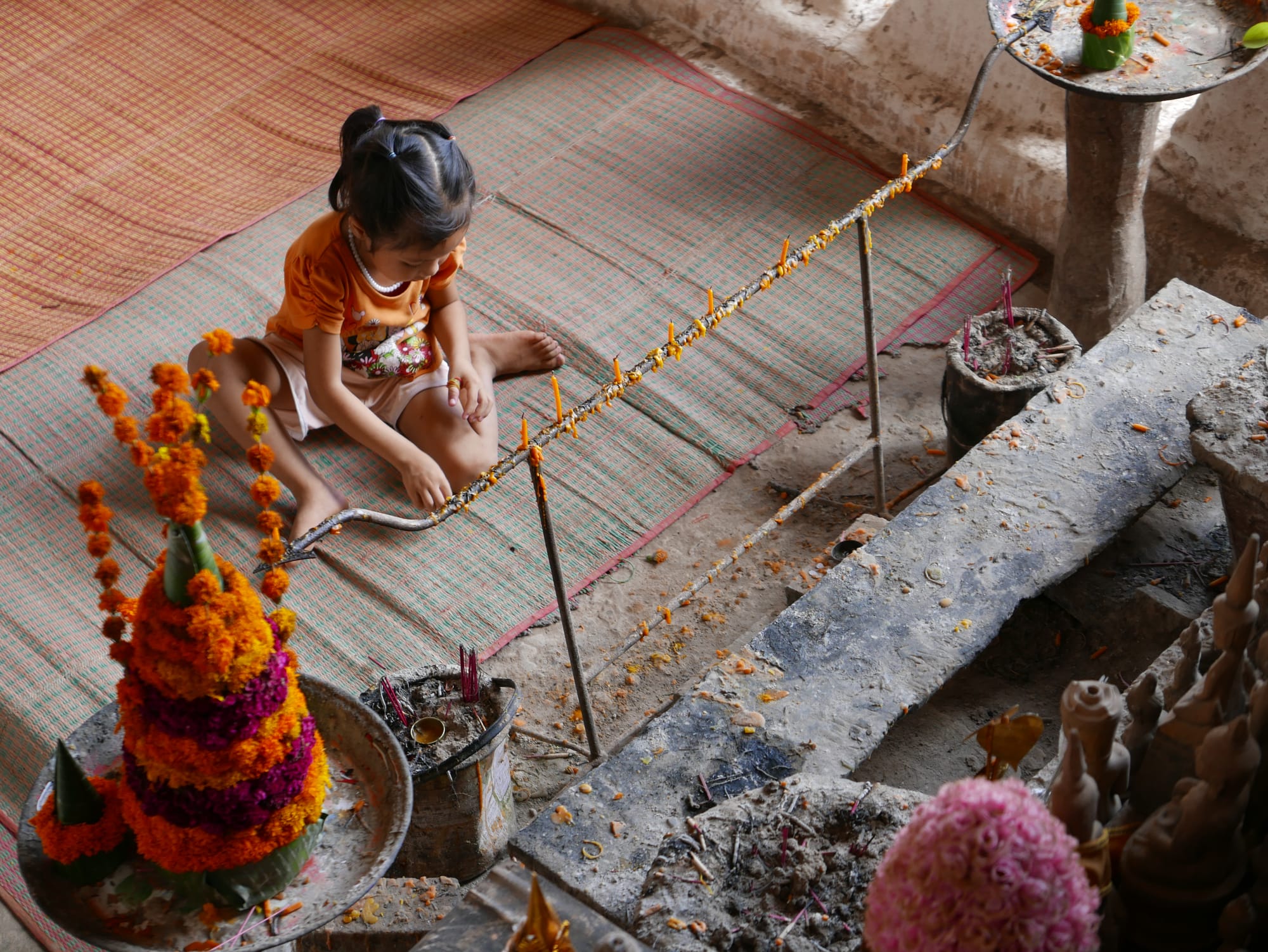
The cave contained a small spring that supplied the holy water used during the New Year ceremony.
The sculptures in the cave were carved from wood or moulded from a tree resin and coated with red or black lacquer before being covered with gold leaf. A few of the sculptures were carved animal horns or made from bronze or ceramic.
There are three common positions of the sculptures that depict important stages in the life of Buddha; 'Calling for Rain' — the figure is standing and the arms pointing downwards; ‘Calling the Earth to Witness' — the figure seated with one hand extended downwards; and 'Meditation' where the hands are crossed in front of a seated figure. There was also a fourth position of ‘Stop Arguing', where the figure stands, and the palms of the hands extend outward. I didn’t see any 'Reclining' Buddhas.
The villagers clean and paint the shrines each April as part of the annual religious ceremonies. The villagers bring their household Buddha statues to be washed in holy water.
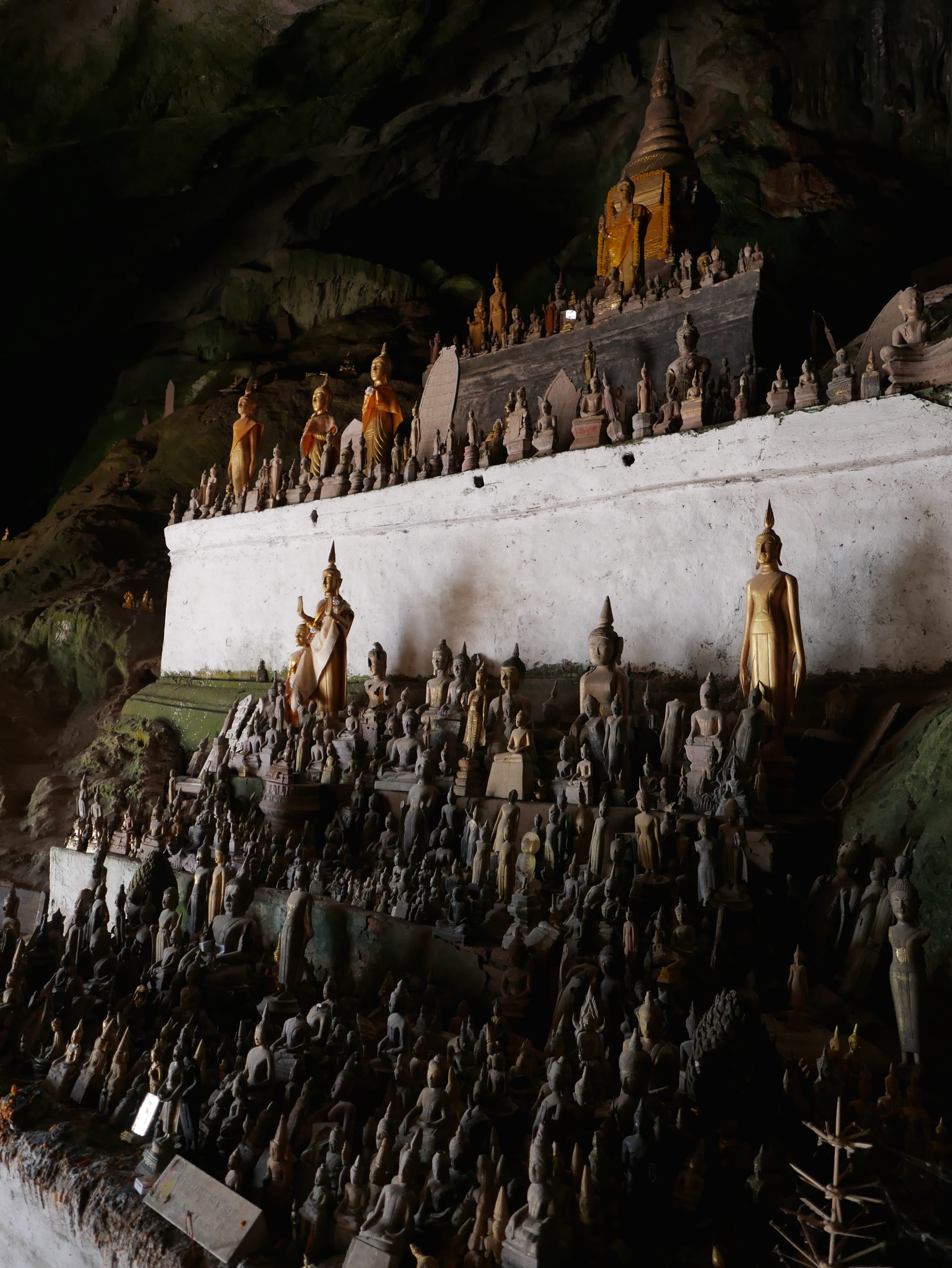
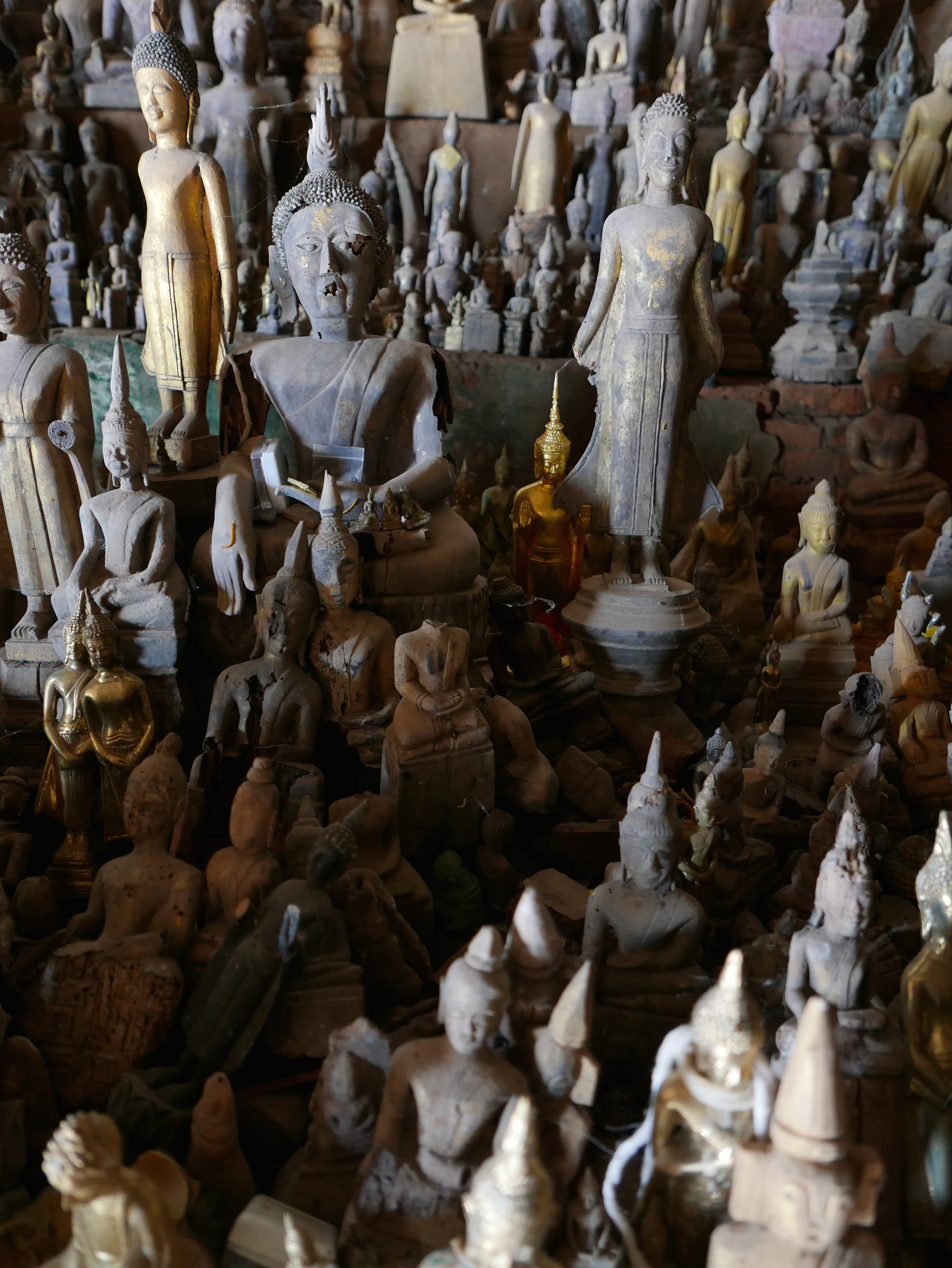
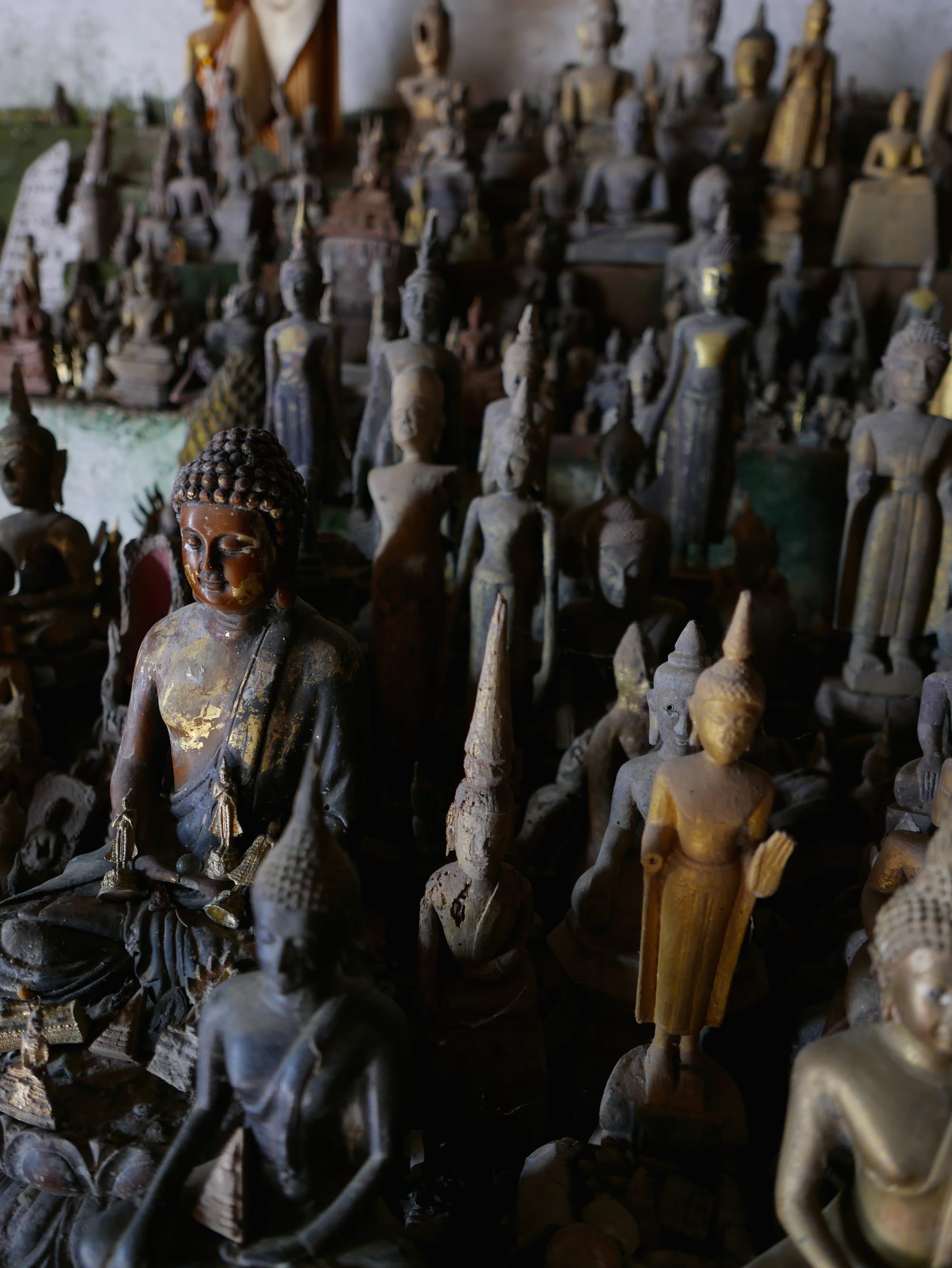
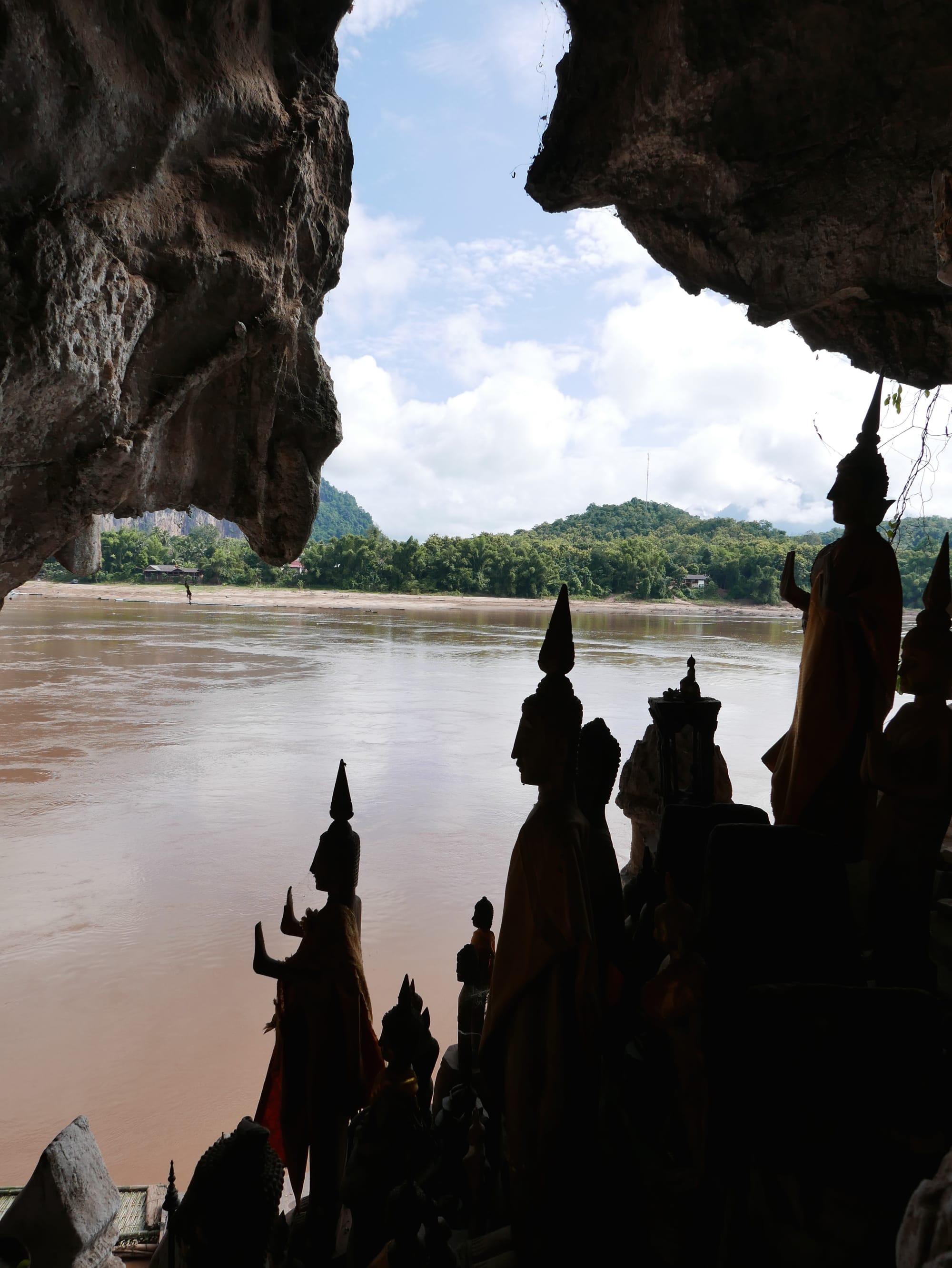
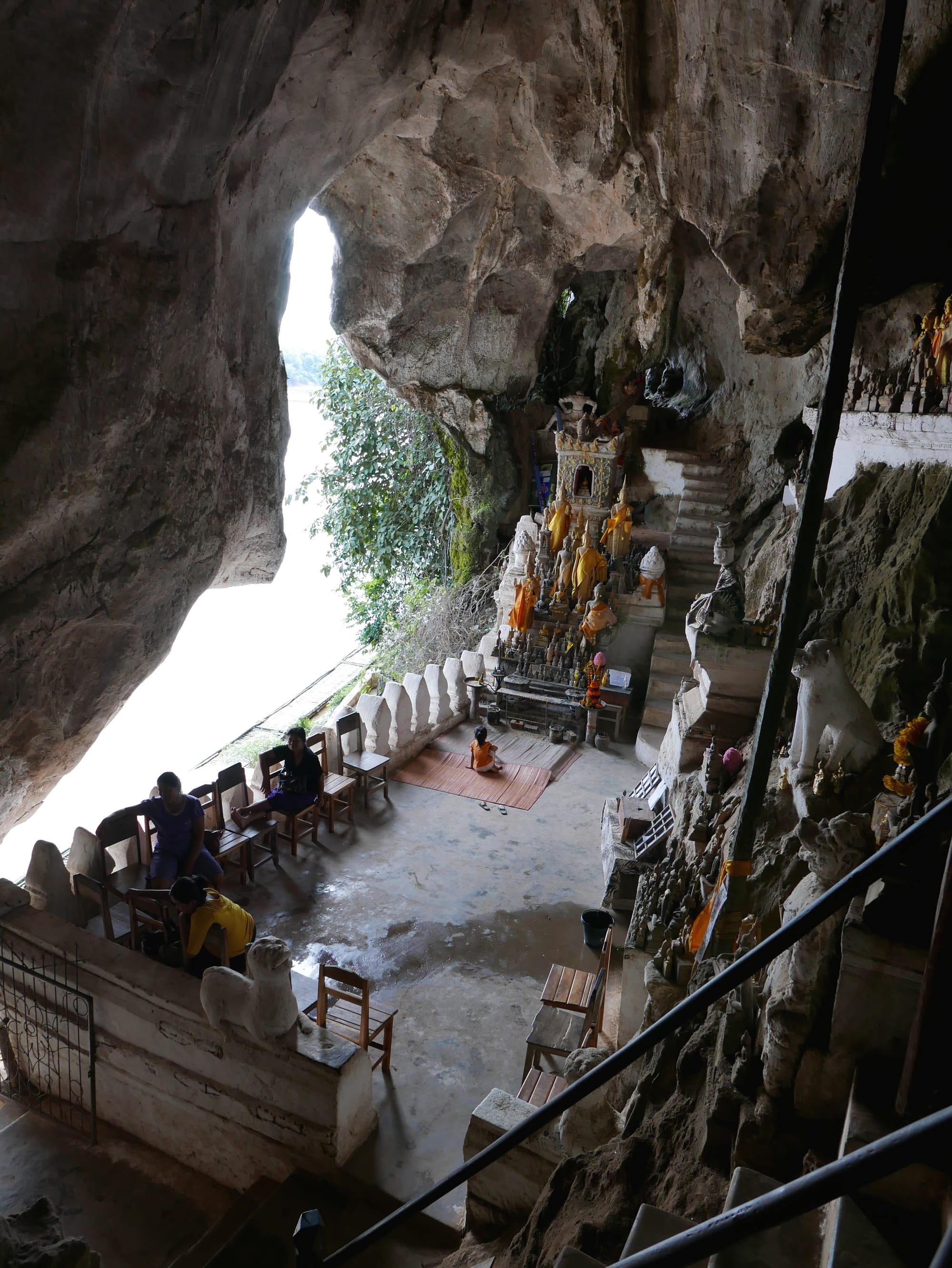
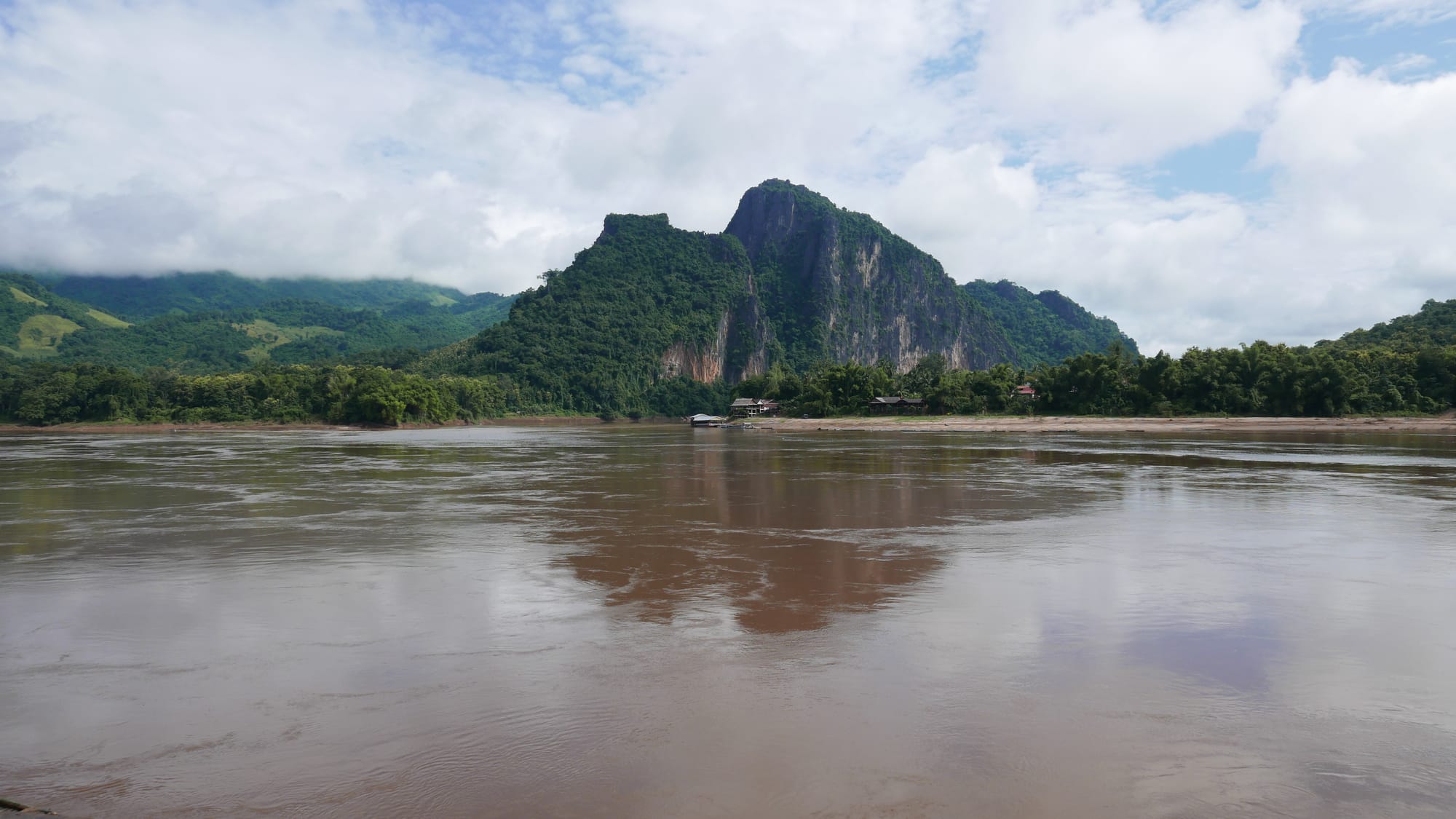
In the lower cave, there was a reproduction of the first known drawing of Tham Ting (Tam Ting) Caves. The drawing was by Francis Garnier, who explored the Mekong River from 1865 to 1867.
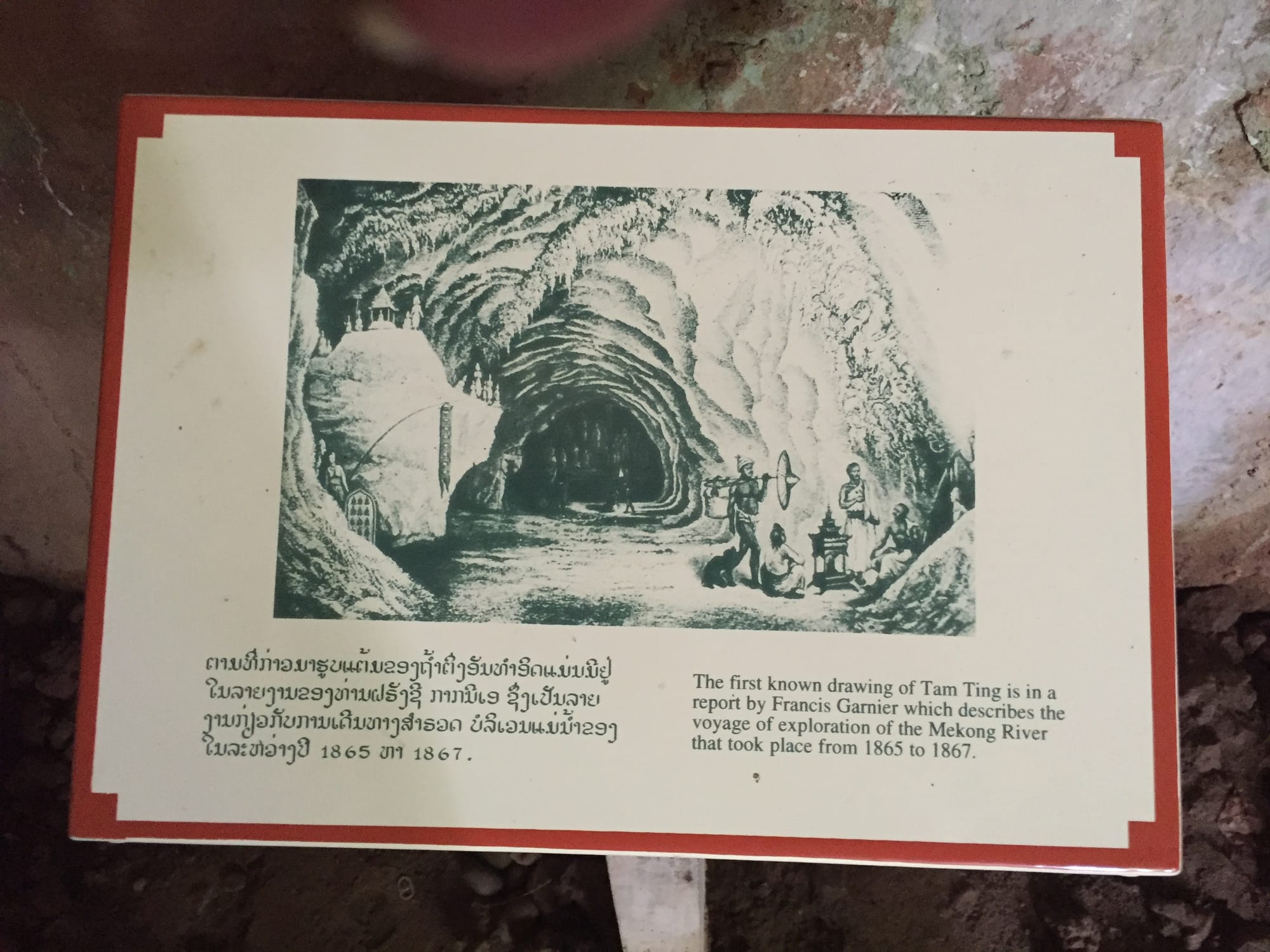
I spent around 15 minutes in the lower cave before moving to the upper cave.
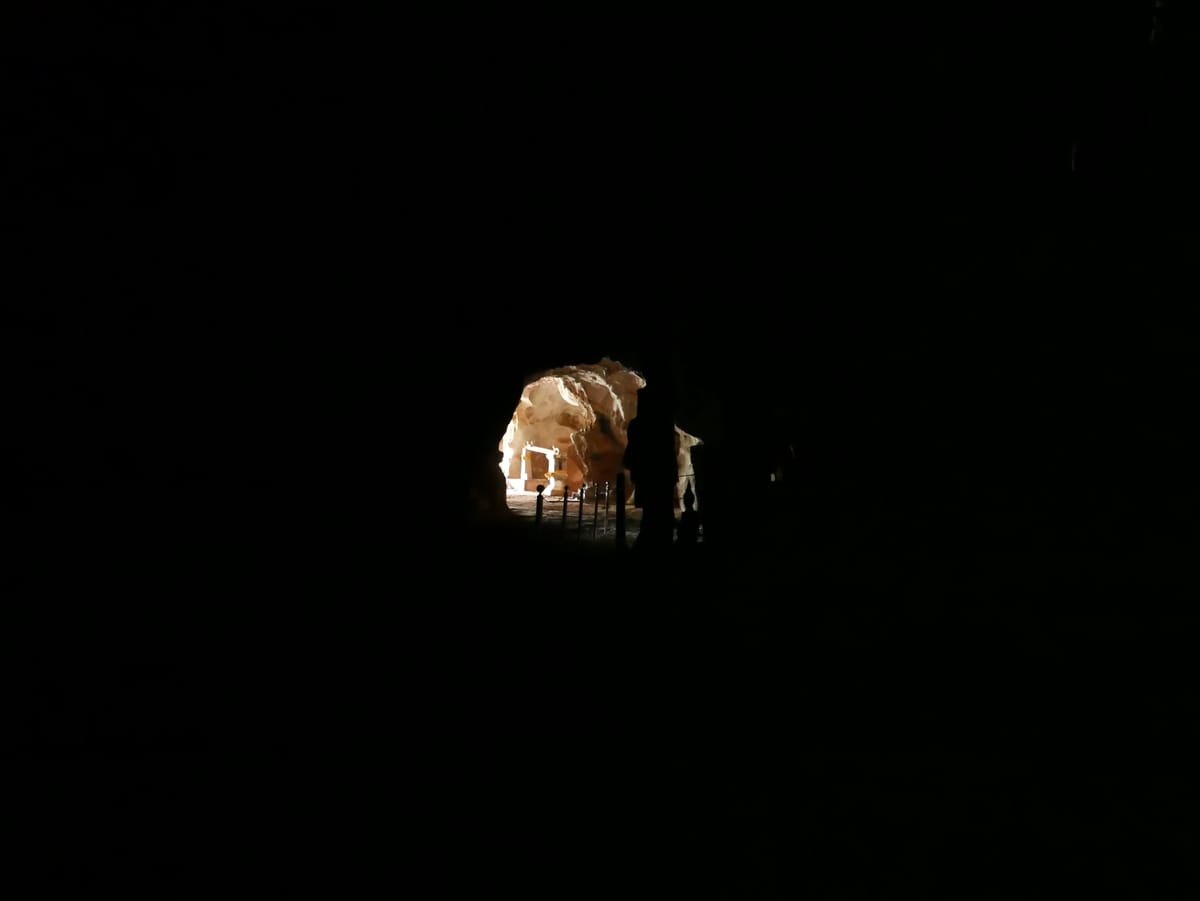
Foursquare: Tham Ting (Tam Ting)/Pak Ou (ถ้ำติ่ง) Caves
